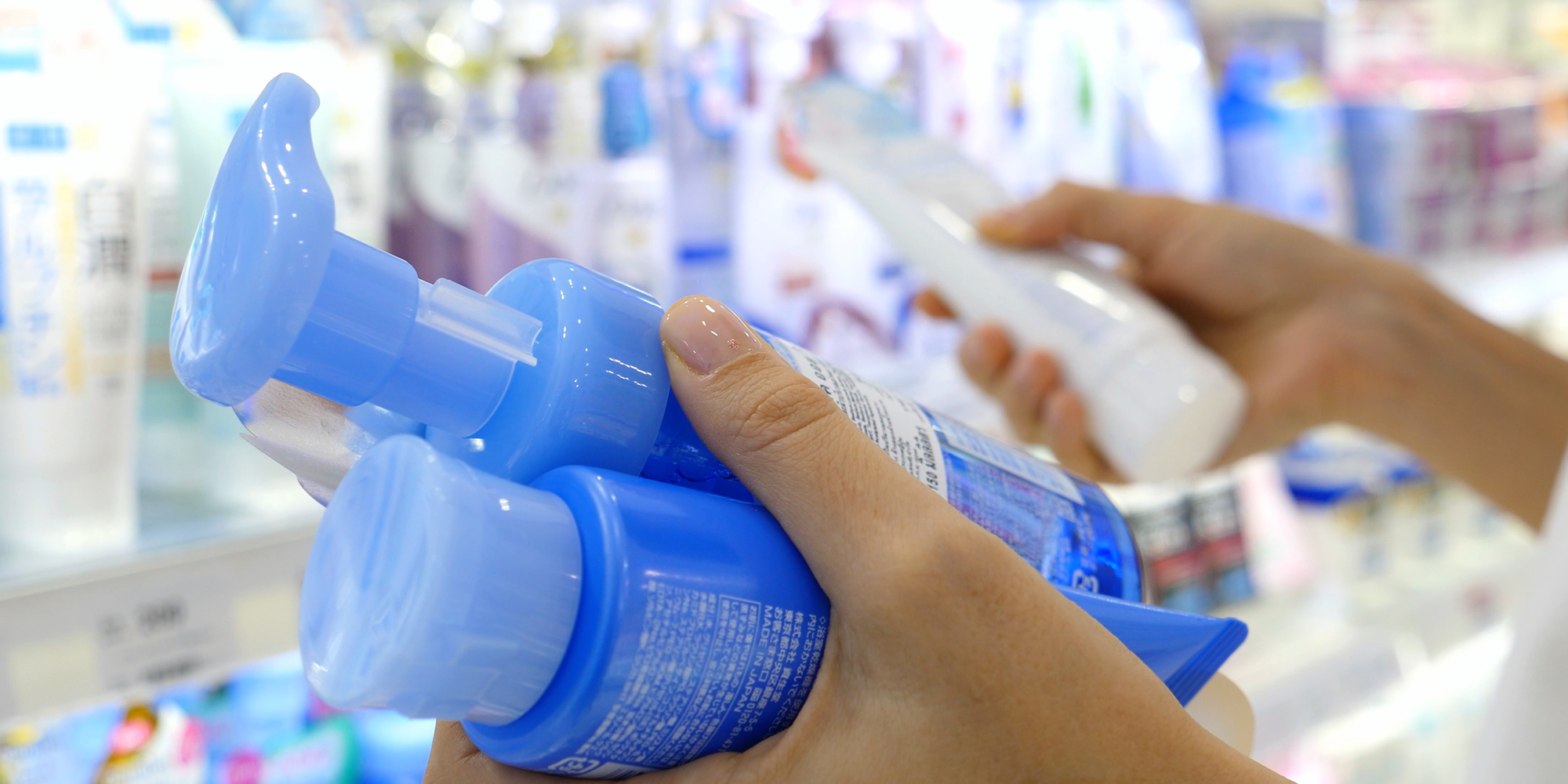
The Essentials Of EU And UK Beauty Product Regulatory Compliance
“Get your compliance right. Then, get your marketing off the ground,” said Peter Mudahy, CEO of Pak Group, speaking about beauty product regulatory compliance in the European Union and United Kingdom. “Without compliance, you don’t have a product, and you can’t sell something that you can’t register.” Not to mention, noncompliance can be met with penalties, including jail time.
Mudahy participated in a recent episode of Beauty Independent’s In Conversation webinar series sponsored by Obelis Group during which he was joined by Sandra Ferretti, chief compliance officer at Obelis Group, and Karen Petraitis, international regulatory and doc specialist at Blistex. Below, we cover six essential aspects of proper EU and U.K. compliance that Mudahy, Ferretti and Petraitis outlined.
1. RESPONSIBLE PERSON
“You will need to appoint a responsible person (RP),” advised Ferretti. “That’s really the key aspect. It is the responsible person that will help you to be compliant with all the other requirements” such as having a comprehensive product information file (PIF) available in the region where a product is sold. Though hiring a RP comes with an expense, Petraitis, who uses uses Obelis as an RP at Blistex, said, “I would not recommend doing it all by yourself. Even as someone who is familiar with all this documentation and the EU, I still need quite a bit of guidance. Also, Obelis keeps us updated on ever-changing regulations.” Ferretti pointed out regulations are formed from a robust, ongoing dialogue about consumer safety that involves 27 member states and a scientific committee. The rules are “constantly evolving,” she said.
2. RAW MATERIAL INFORMATION
European regulations forbid 3,000 substances from going into cosmetic products, and compliance officers require a certificate of analysis that shows the breakdown and characteristics of each raw material in a formulation. “It’s all about safety,” said Ferretti. “The advice I always give is: Choose a producer that will provide you with the information. Know what you have in your products.” She estimated that the process of becoming compliant in the EU or the U.K. can take anywhere from three months to a year. “But, if you don’t know what’s in your products, you will never get there,” she said.
3. SAFETY ASSESSMENT
“The safety assessment is the key most important document that you need for your product,” said Mudahy, who operates 30 specialty beauty supply stores in the U.K. Safety assessments are typically done in a lab, and must be overseen by a qualified third-party assessor with a degree that meets standards in the EU or the U.K. Typically, each stockkeeping unit in a product line will need to get its own safety assessment.
4. LABELING
Blistex’s labels are different in the United and EU due to local regulations. In the EU, labels must call out allergens, adhere to International Fragrance Association or IFRA guidelines, and list ingredients in descending order of concentration up to 1%. In the U.S., however, labels identify active ingredients, but not allergens, and they don’t have to adhere to IFRA guidelines.
5. European Regulatory Influence
“It seems like the EU has quite an impact on the rest of the world, which is good,” said Ferretti. “Even if the regulations are more stringent, you don’t want to have any carcinogenic ingredients in your products.” Petraitis said that countries such as China and Korea seem to be “harmonizing” their regulations with the EU’s regulations, while Ferretti said that international bodies are in talks to synthesize regulations.
6. BREXIT
After Brexit, Ferretti said U.K. regulations are basically a “copy-paste of the EU regulation.” For brands that have done the work to meet regulations in the EU, she said, “You’re really advanced for the UK. It’s just additional paperwork.” For example, to sell goods in the EU, brands must register each product on the Cosmetic Products Notification Portal (CPNP). Now, the UK has its own version of that portal. Mudahy said, “So, if I’m selling product in Europe, I need to register it on the European CPNP portal. And, separately, I need to then register the product on the UK board.”
To watch a replay of the regulatory compliance webinar and others, visit Beauty Independent’s In Conversation Library.





Leave a Reply
You must be logged in to post a comment.